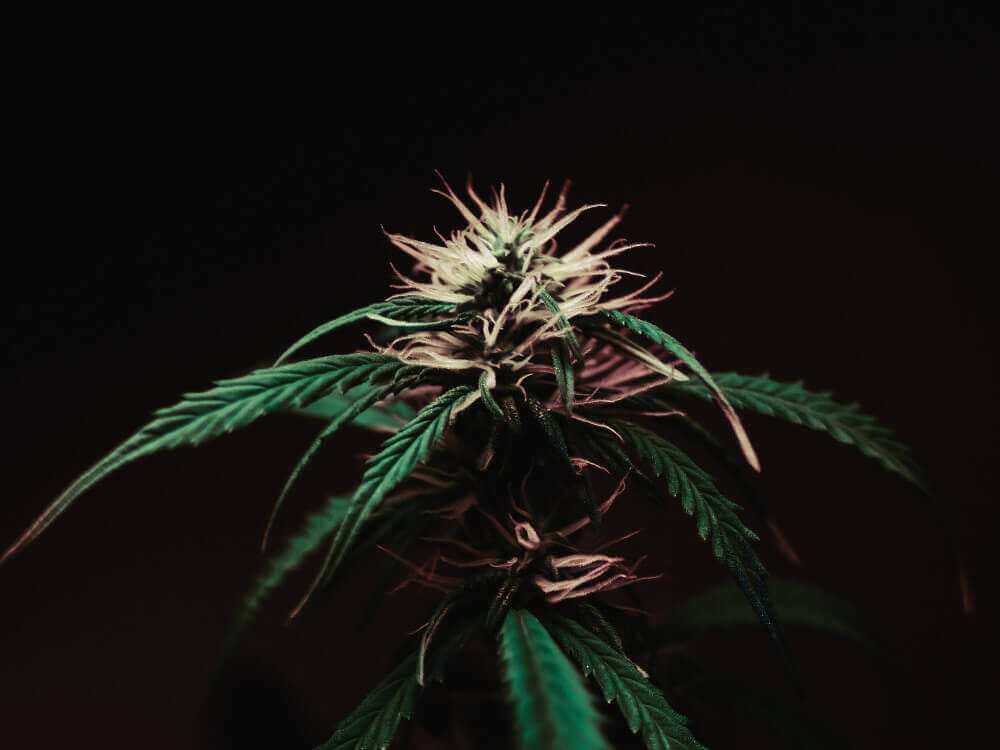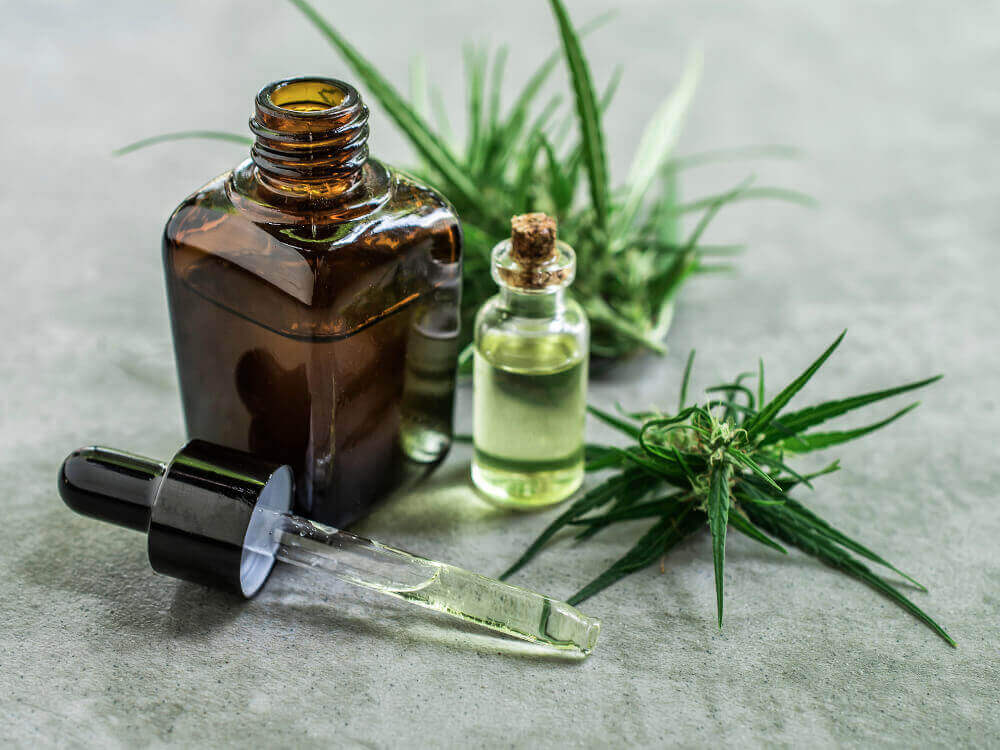
Exploring Natural Remedies for Contact Dermatitis
There are many skin conditions people suffer with worldwide, as well as many ways to address the symptoms and side
Potency’s founder Mandy Lile has a personal passion for educating others regarding cannabis and all that it offers in its many forms. Mandy learned the genuine harms of cannabis prohibition at an early age when her father was incarcerated on cannabis charges. This fueled a fire in Mandy that eventually led to her creating the Potency brand to help remove stigma surrounding the plant.
In the Potency No. 710 Canna 101 series here on potency710.com, we will be discussing all things cannabis starting with the basics. The series will be covering everything from the Endocannabinoid System, terpenes, cannabinoids, and consumption methods to the harms of cannabis prohibition, extraction methods, culture icons, and more.
In this first installment, we will be looking at what cannabis is at the highest level. Let’s explore!

Cannabis sativa l is a plant species that encapsulates both industrial hemp and all forms of psychoactive cannabis. Medical or recreational cannabis refers to cannabis plants that contain high amounts of THC, the psychoactive cannabinoid proprietary to cannabis. Industrial hemp refers to cannabis plants that have low THC content. In the United States, industrial hemp must contain a THC content of less than .3%. In the UK, industrial hemp must contain no more than 0.2% THC.
People embrace industrial hemp for its seed, fiber, and more recently, its higher concentrations of CBD, a common cannabinoid in the cannabis species. Extracting this cannabinoid from industrial hemp has opened up a large market for CBD products in countries where industrial hemp has been legalized. For many years industrial hemp was illegal due to its close relation to psychoactive forms of cannabis commonly used for medicinal and recreational purposes.
Cannabis varieties that offer higher concentrations of THC have been widely illegal for many decades. This was primarily due to greed, but we will discuss that more in a future article! Thanks to legalization, cannabis is more widely available and legal today than it has been in many years.
The first known record of cannabis’s existence comes from China some 12,000 years ago. Archaeologists unearthed a neolithic site at Yuan-Shan that included pottery with hemp cord markings. It is believed that at this time, hemp was cultivated for its fiber. Some individuals such as Carl Sagan believe that hemp very well could have been the first-ever agricultural crop.
Fast forward several thousand years to 2900 BC, and we come to the first recorded utilization of cannabis for medicinal purposes. This record comes in the form of writings by Chinese Emperor Fu Hsi. This emperor has been said by many to have been responsible for civilizing China. His writings referenced “Ma,” the Chinese word for cannabis. The reference was regarding it being a popular medicine that “possessed both yin and yang.”
In 2019 National Geographic reported that the earliest direct evidence for human consumption of cannabis as a drug had been discovered in a 2500-year-old cemetery in central Asia. This was based on a research paper published in the Science Advances journal. Chemical analysis of braziers found at this location that was used for burning incense or other plant matter revealed that 90% of them once were used to burn cannabis. During their analysis, they also discovered molecular remnants of THC. This was something that hadn’t previously been found with other discoveries dating back to the period in which these artifacts originated.

As you can see, cannabis has been utilized throughout history for various reasons. This plant in all of its forms offers a wide variety of cannabinoids, terpenes, flavonoids, amino acids, phytonutrients, and more. All of which we will learn more about in future articles. Psychoactive varieties of the plant as well as industrial hemp work with our body’s Endocannabinoid System. The ECS is key to how cannabis is providing so much potential for such a wide range of different ailments. Stay tuned for the next article in the Potency No. 710 Canna 101 series, which will take an in-depth look at the Endocannabinoid System.

There are many skin conditions people suffer with worldwide, as well as many ways to address the symptoms and side

The skin is not just a mere body covering. As the body’s largest organ, it plays a crucial role in

Skincare is an essential part of maintaining a healthy and youthful appearance. But when should you start taking care of

Out of all the Mother’s Days, we can all agree this is one for the records! Most of us are

As the founder of Potency No. 710, I am thrilled to look back on an incredible year filled with exciting

Ever wonder who keeps an eagle eye on the quality of cannabinoid-based products? That’s where the Physicians Cannabinoid Council (PCC)